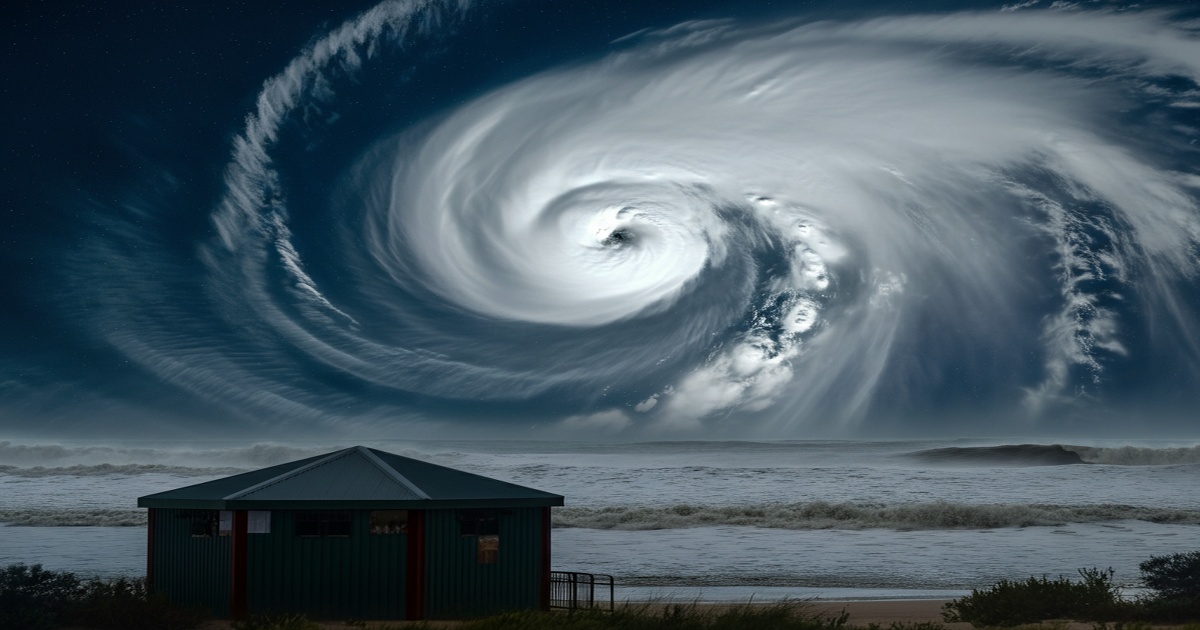Tropical Cyclone Alfred Threatens Australia's Eastern Coast
Tropical Cyclone Alfred has intensified to a Category 2 storm and is barreling towards Australia's eastern coast, posing a significant threat to the region. Authorities are warning of damaging winds, heavy rain, storm surges, and coastal erosion, with landfall expected late Thursday or early Friday north of Brisbane.
On Tuesday, Alfred was located 600km east of the Queensland-New South Wales border, having taken a sudden westward turn after several days of southeast movement. Premier David Crisafulli took to social media to urge Queenslanders to prepare for the weather event.
The Bureau of Meteorology (BoM) predicts that the storm will maintain Category 2 strength, with winds of 100kmph and gusts up to 150kmph when it reaches the coast. The most likely landfall area is between Bribie Island and Noosa, with gale-force winds expected to develop within 24 hours.
Rainfall and flooding are expected to be the most significant threats, with 300-600mm of rain anticipated in some areas and localized totals reaching 700mm. Flood watches are in effect from Bundaberg to Port Macquarie, and Brisbane City Council has warned that 20,000 homes could be impacted by flooding. Residents in flood-prone areas are urged to consider relocating before the storm arrives.
The strongest winds will be felt near and south of landfall, particularly in Brisbane, the Gold Coast, and inland regions of northern New South Wales. Coastal regions are bracing for storm surges up to 0.8m above the highest astronomical tide, particularly in Moreton Bay, Bribie Island, and the Gold Coast. Waves could reach 10 meters, leading to severe erosion and dangerous surf conditions.
Tropical cyclone warnings cover areas from Double Island Point to Yamb, while Flood watches and severe weather warnings have been issued for large parts of Queensland and northern New South Wales. The storm has already caused public transport disruptions, school closures, and prompted evacuation advisories.
Airlines have announced free flight changes for passengers flying to or from affected airports. Emergency services have begun door-knocking flood-prone areas to warn residents of the impending storm.
Experts believe that Cyclone Alfred's unusually southward track could be a sign of climate change. Associate Professor Iftekhar Ahmed from the University of Newcastle warns that Alfred is heading further south than cyclones normally do, potentially due to global warming extending the reach of tropical cyclones beyond the tropics.
Tropical Cyclone Alfred is expected to intensify further on Wednesday before making landfall late Thursday or early Friday. Residents in southeast Queensland and northern NSW are being urged to secure properties, prepare emergency kits, and follow evacuation advice as conditions deteriorate. Authorities warn that once the cyclone hits, emergency services may not be able to reach people in danger, making early action crucial.







5 Comments
The Truth
Huge waves and significant flooding will impact livelihoods—prepare well and stay informed, folks!
Answer
They love creating drama over weather events. It's good business for media.
The Truth
Much appreciation to authorities providing early warnings—let's prepare now and not regret later.
Answer
Great, another reason to close schools and disrupt lives unnecessarily.
The Truth
Lives are more important than property. Listen to evacuation advice and stay safe out there!